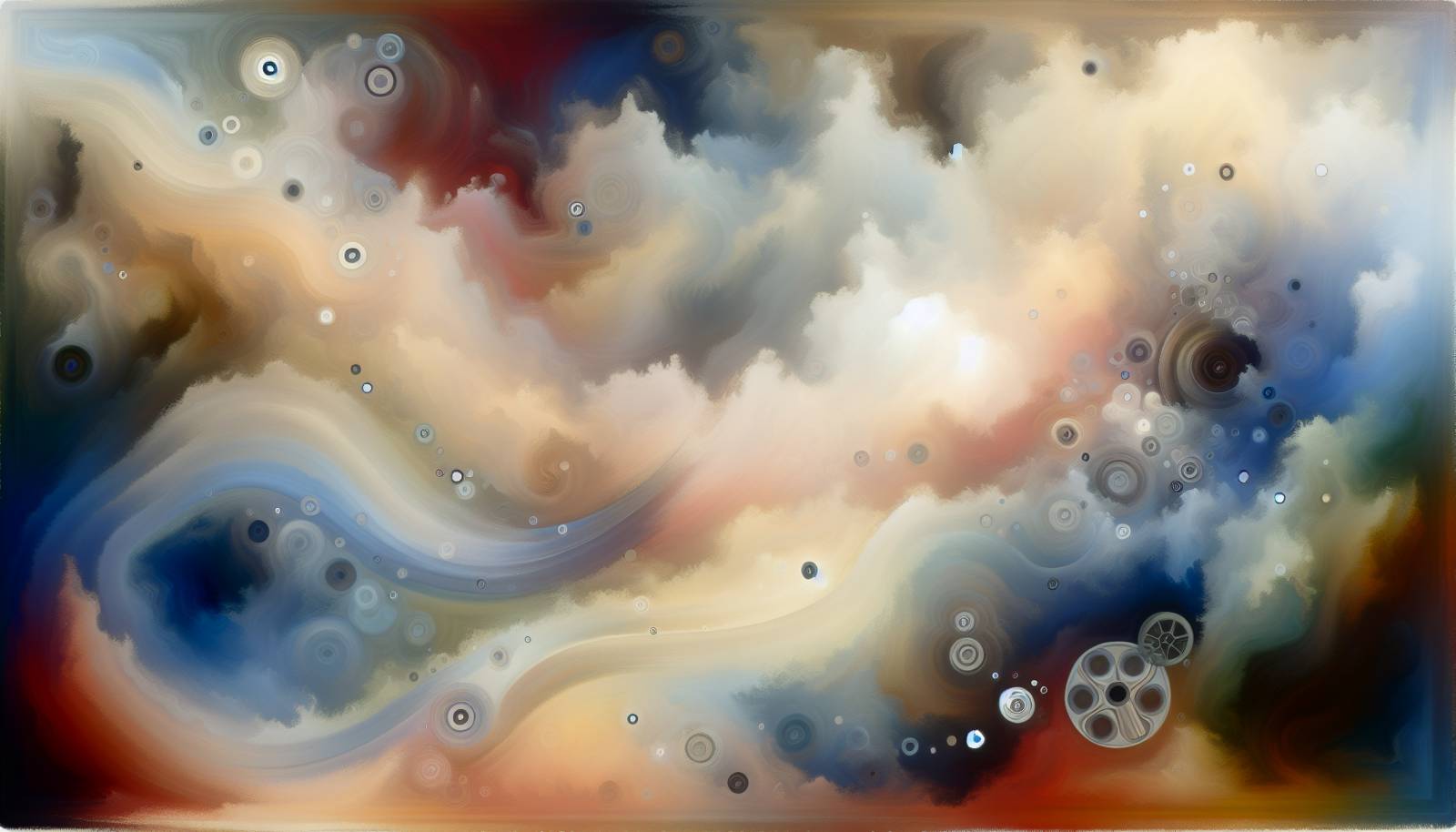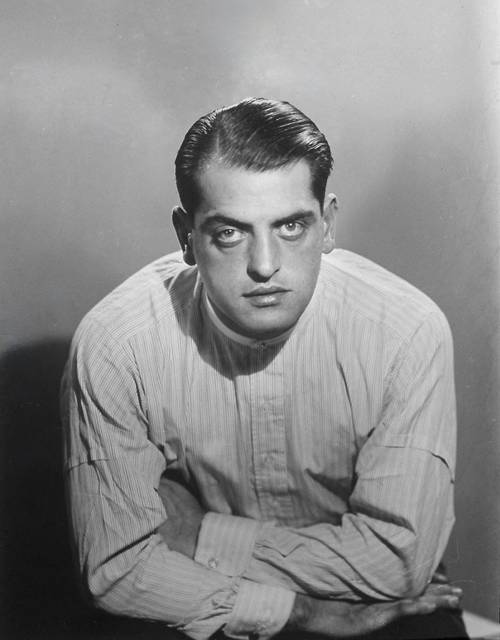
FAQ About The Influence of Surrealist Film on Contemporary Cinema

What defines surrealist film?
Surrealist film is characterized by dreamlike sequences, illogical narrative structures, and unexpected juxtapositions that challenge conventional storytelling and visual aesthetics. It often explores themes of the unconscious mind, dreams, and the irrational nature of human experience.

Who are some notable surrealist filmmakers?
Some of the most notable surrealist filmmakers include Luis Buñuel, Salvador Dalí, David Lynch, and Alejandro Jodorowsky. These directors are known for their innovative approaches to visual storytelling and their ability to blend reality with dreamlike elements.

How has surrealist film influenced contemporary cinema?
Surrealist film has influenced contemporary cinema by encouraging filmmakers to experiment with narrative structure, explore complex themes, and incorporate visually arresting images that defy logic. This influence is evident in the works of directors like David Lynch, Christopher Nolan, and Charlie Kaufman.

What are some examples of surrealist films?
Some classic examples of surrealist films include "Un Chien Andalou" by Luis Buñuel and Salvador Dalí, "Eraserhead" by David Lynch, and "The Holy Mountain" by Alejandro Jodorowsky. These films are known for their unique visual style and thought-provoking themes.

What themes are commonly explored in surrealist cinema?
Surrealist cinema often explores themes related to dreams, the unconscious mind, existential questions, and the absurdity of human existence. It aims to challenge viewers' perceptions of reality and provoke introspection.

How did surrealism originate in film?
Surrealism in film originated in the 1920s as part of the larger surrealist movement in art and literature, which sought to unleash the creative potential of the unconscious mind. Filmmakers like Luis Buñuel and Salvador Dalí were pioneers in translating surrealist principles to the screen.

What is the relationship between surrealism and the Dada movement?
The Dada movement, which preceded surrealism, shared similarities in its disdain for conventional artistic norms and its embrace of chaos and irrationality. However, surrealism distinguished itself by focusing more on tapping into the unconscious mind and dream imagery.

How do surrealist films differ from traditional films?
Surrealist films differ from traditional films in their narrative structures, visual styles, and thematic focus. While traditional films often follow linear plots and established genres, surrealist films embrace non-linear storytelling, abstract visuals, and philosophical or dreamlike themes.

Why do surrealist films often lack logical plot structures?
Surrealist films often avoid logical plot structures to reflect the unpredictable and irrational nature of the subconscious mind and dreams. This approach allows filmmakers to explore deeper psychological and existential questions beyond the constraints of conventional storytelling.

What impact did "Un Chien Andalou" have on cinema?
"Un Chien Andalou," created by Luis Buñuel and Salvador Dalí, is considered a pioneering work in surrealist cinema. It challenged traditional narrative conventions and opened the door for filmmakers to explore more abstract and symbolic forms of storytelling.

How is surrealism reflected in modern filmmakers' works?
Modern filmmakers reflect surrealist influences through non-linear narratives, dreamlike sequences, and symbolic imagery in their films. Directors such as David Lynch, Michel Gondry, and Tim Burton are known for incorporating surrealistic elements into their storytelling.

What role does symbolism play in surrealist film?
Symbolism is central to surrealist film, as it allows filmmakers to convey complex ideas and emotions indirectly. By using symbols, surrealist films can explore themes of identity, existence, and reality in ways that challenge viewers' interpretations.

Can you name some contemporary films influenced by surrealism?
Contemporary films influenced by surrealism include "Mulholland Drive" by David Lynch, "Inception" by Christopher Nolan, and "Being John Malkovich" by Spike Jonze. These films incorporate surrealistic elements in their storytelling and visual style.

What techniques do surrealist filmmakers use to create dreamlike sequences?
Surrealist filmmakers use various techniques to create dreamlike sequences, such as disjointed editing, unconventional camera angles, optical illusions, and symbolic imagery. These methods help evoke the sense of unpredictability and strangeness found in dreams.

How do audiences typically react to surrealist films?
Audience reactions to surrealist films can vary widely. Some viewers appreciate the creativity and psychological depth of surrealist films, while others may find the lack of coherent narrative and abstract symbolism confusing or unsettling.

Why is surrealism considered revolutionary in the film industry?
Surrealism is considered revolutionary for its challenge to traditional storytelling and its exploration of the unconscious mind. It introduced new ways of thinking about narrative, allowing filmmakers to break free from established norms and experiment with new forms of cinematic expression.

Are surrealist films popular with mainstream audiences?
Surrealist films often appeal to niche audiences who enjoy experimental and avant-garde cinema. While they may not achieve mainstream popularity, they have a dedicated following and are highly influential in artistic and academic circles.

What are the visual characteristics of surrealist films?
Visual characteristics of surrealist films include unusual imagery, distorted realities, dreamlike atmospheres, and striking contrasts. Filmmakers may use these elements to challenge viewers' perceptions and evoke emotional responses.

How did filmmakers like David Lynch incorporate surrealist elements into their work?
David Lynch incorporates surrealist elements through nonlinear narratives, dream sequences, abstract symbolism, and a focus on the subconscious. His films often blend the bizarre with the mundane, creating a unique cinematic experience that reflects surrealist influences.

What influence did Salvador Dalí have on surrealist film?
Salvador Dalí had a significant influence on surrealist film through his collaboration with Luis Buñuel on "Un Chien Andalou" and his other artistic contributions. His work in this medium exemplified the surrealist emphasis on dreamlike visuals and symbolic imagery.
